The Care and Feeding of Donald Trump
Two world leaders just demonstrated how to beat Trump at his own game, and others should follow their lead
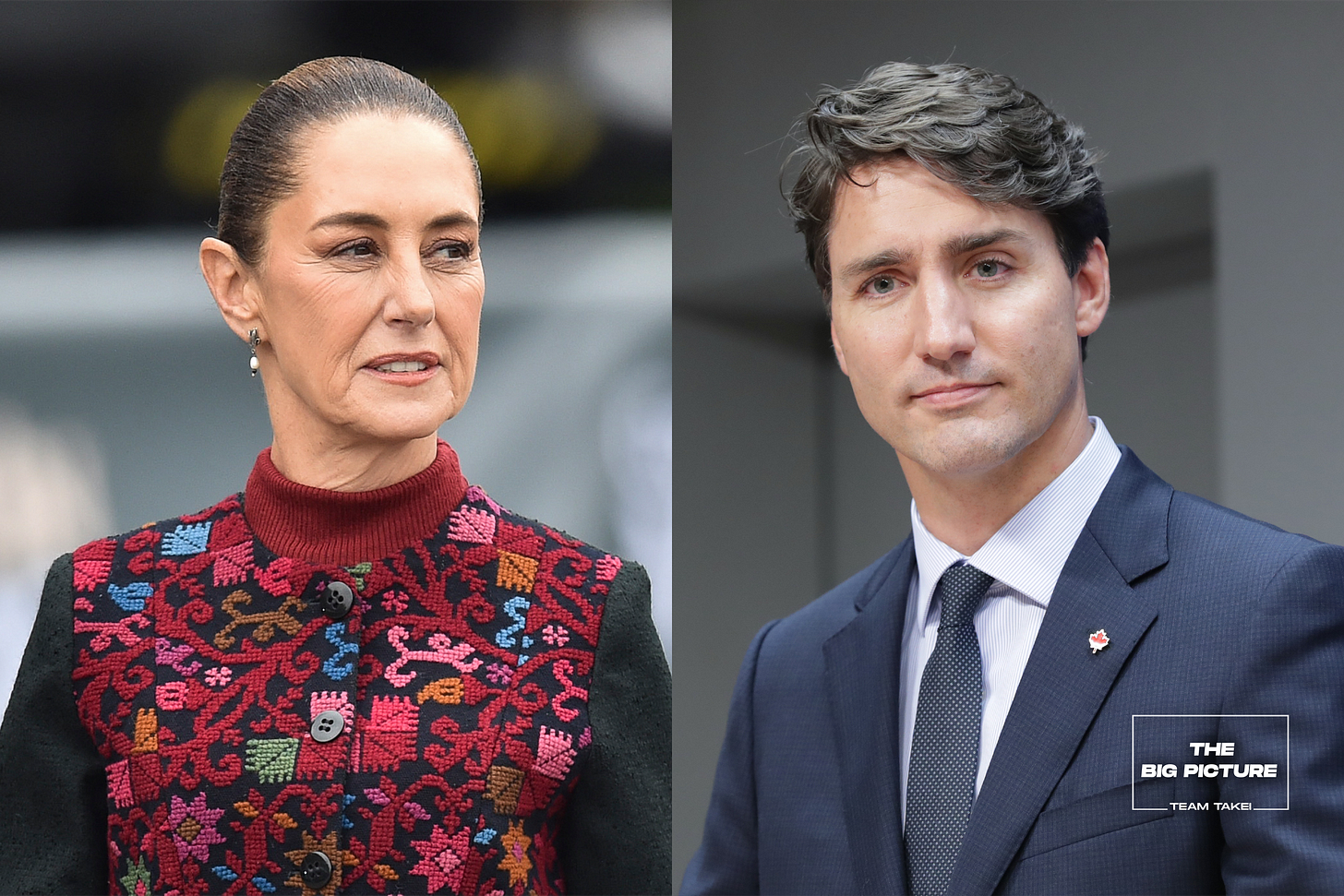
Yesterday, two world leaders gave a masterclass in how to handle the 47th President of the United States. President Claudia Sheinbaum of Mexico and Prime Minister Justin Trudeau of Canada each managed to avert a disastrous trade war with their biggest trading partner (that’s us), while offering only token concessions and gestures. They managed to flatter Trump while protecting their people and giving up basically nothing.
Even the Wall Street Journal Editorial Board noted the wins with an OpEd published Monday evening entitled, “Trump Blinks on North American Tariffs.”
Come to think of it, this isn’t the first time in this two-week-old second term that Trump and his White House advisors have blinked, walking back threats after making a performative showing and throwing their weight around. It’s becoming a clear pattern, and with someone as ossified in his ways as Trump, it’s one he personally will never escape. And that means his opponents can exploit it.
Holy guacamole
On the question of tariffs on Mexican goods, the press had latched onto a narrative that stuck: the price of avocados would soar. You think your Super Bowl chips and guac are expensive now? Wait until these tariffs hit!
The cost of groceries in general was something Trump ran on, and the idea that they would spike high again in the first month of his presidency likely troubled him. He began warning about short-term “pain” for consumers in order to reap the long-term benefits of a more balanced equation with our trading partners.
Through the weekend, Trump stuck to his threats, digging in even as economists warned of the calamity that would befall North America should he really begin a trade war on Tuesday. On Sunday night, U.S. stock futures began to flash red as global markets reacted to Trump’s intransigence.
Stocks then opened to a wide selloff Monday morning. And if there’s anything Trump follows at all, it’s the Dow Jones. He views it as a kind of barometer of his own success. It was not until the stock market collapsed, for example, that he began to worry about Covid-19. This time, a deep market slide over tariffs, where the bottom was uncertain, appears to have flipped a switch somewhere in his head.
By late Monday morning, Trump was ready to make a deal. He got on the phone with Mexico’s President Sheinbaum, who then announced a last-minute save that put Trump’s tariffs off for at least 30 days. She said that the two nations had come to an agreement under which Mexico would reinforce the border with 10,000 National Guard troops to prevent the trafficking of drugs like fentanyl. She added that the U.S. would in turn work to stop weapons trafficking to Mexico.
Trump confirmed the deal on Truth Social, adding that the two had had a “very friendly conversation.” He mentioned the 10,000 troops, the fentanyl, and illegal migrants, but he somehow left out the part about the U.S. working to stop weapons trafficking—something the U.S. media also largely failed to report.
But here’s the thing: Mexico gave up nothing new to secure this deal. As Catherine Rampell of the Washington Post noted, Mexico already had nearly 15,000 troops at the border according to a report from its defense ministry.
That was because in 2019, in response to Trump’s first threats of tariffs, Mexico sent 15,000 troops to the border. Then in 2021, as part of a deal with President Biden that didn’t involve tariff threats or bullying, Mexico pledged again to add more troops, this time 10,000 troops at its southern border.
It isn’t clear if they had actually ever added these troops, or if they added them and then scaled them back. But as the New York Times noted, this is the third time in six years that Mexico has committed to send a large force of its National Guard to its borders.
In any event, it’s beside the point. Doing that again for 30 days, assuming Mexico even will, isn’t going to stop the flow of fentanyl. Fentanyl arrives primarily through legal ports of entry, with 80 percent transported by U.S. citizens according to the conservative Cato Institute, which had issued a Freedom of Information Act request to Customs and Border Protection. More troops at the border between legal ports of entry isn’t going to change anything.
Moreover, unauthorized border crossings had already fallen off sharply in the last year of the Biden presidency thanks to a crackdown by Mexico in January of 2024 and a harsher set of asylum rules put in place by the White House over the summer. Trump was handed a pretty decent existing situation with “illegal” migration, and it’s not clear how much better more troops over the next 30 days will actually make things.
If this cycle of threats, anxiety, and last-minute capitulation by Trump feels entirely predictable, it’s because we went through the exact same exercise in 2019. Back then, if you recall, Trump threatened tariffs, then called them off last minute after Mexico promised to get tougher on the border.
Sheinbaum knew from past confrontations that Trump would likely cave. That’s why she stood strong, prepared punishing countermeasures, and then made the same gestures her country had already made twice before. Trump folded, unwilling to play a weak hand.
Canadians actually booed the Star Spangled Banner
No symbol in our other looming trade war—this time with our neighbor to the north—stood out more starkly than when Canadian fans at sporting events against U.S. teams began booing our national anthem. Here is an example (sound up) at the game between the Toronto Raptors and the L.A. Clippers:
As a deeply insecure man, Trump hates being booed or laughed at. And the idea that our (mostly white) neighbors to the north were booing him likely didn’t sit well. Through his bluster and threats, and his trolling about making Canada the 51st state, Trump had badly underestimated the amount of ire and ill-will he had generated within Canada.
On Monday, Prime Minister Trudeau no doubt had heard that Trump had struck a deal with Mexico earlier that day. He also no doubt understood that it was mostly more of the same promises with a few empty ones thrown in. All he had to do was stick to his guns, keep in place the promised countermeasures that were targeted toward Trump’s political base in the red states, and then go through the same motions. If history was any guide, Trump would blink again.
And that’s exactly what happened. A few hours after President Sheinbaum announced the Mexico deal, Trudeau announced one of his own for Canada, in which he said his nation was “implementing our $1.3 billion border plan — reinforcing the border with new choppers, technology and personnel, enhanced coordination with our American partners, and increased resources to stop the flow of fentanyl. Nearly 10,000 frontline personnel are and will be working on protecting the border.”
There’s that 10,000 personnel figure again. Funny, huh?
But what precisely is this $1.3 billion border plan? It sure sounds impressive. In fact, it was the plan Trudeau put in place back in December while President Biden was still in office. Here’s the headline from December 17, 2024:
Even the $1.3 billion figure is exactly the same. As the announcement touted two months ago, “Backed by an investment of $1.3 billion and built around five pillars, this plan will bolster border security, strengthen our immigration system and contribute to ensuring Canada's future prosperity.” (Emphasis added.)
So what did Canada promise on top of what it had already promised? Pretty much nothing, but enough to give Trump a petty “win” on a talking point. Trudeau noted,
Canada is making new commitments to appoint a Fentanyl Czar, we will list cartels as terrorists, ensure 24/7 eyes on the border, launch a Canada- U.S. Joint Strike Force to combat organized crime, fentanyl and money laundering. I have also signed a new intelligence directive on organized crime and fentanyl and we will be backing it with $200 million.
The new Fentanyl Czar is laughable given how little fentanyl actually crosses into America from Canada. As CNN reported, “Canada makes up just 0.2% of fentanyl seizures at U.S. borders.”
Even Fox’s Laura Ingraham wasn’t sold on this “deal.” Even as the chyron under her words misleadingly announced that “Mexico and Canada Cave to Trump,” Ingraham expressed her misgivings aloud.
I’m not too impressed with the Canadian response. I mean, the ‘Fentanyl Czar’? I don’t know what that’s gonna do. And I guess they’ll have a few helicopters flying at the border. It’s not nothing, but they were going to get slapped with 25 percent tariffs, and now those are gone for at least 30 days.
She later added,
President Trump saw a HUGE negative reaction to this … from Wall Street, from the markets, from all the establishment types. Do you think he reacted to that? Or maybe some of his advisors said, “Whoa, whoa, we gotta rethink this”?
Her guest replied, with a straight face, that Trump “is a strategist” and is “thinking 5, 10, 15 moves ahead.”
In truth, Trump was not thinking ahead at all on this. He made threats he couldn’t follow through on, and he is the party who caved, backing off from his boasts and threats in exchange for substantially nothing new from our neighbors.
Part of a pattern
Trump’s capitulation on tariffs isn’t the first time in these first two weeks that the White House has made big threats only to back down in the face of steely resolve and frankly better politicking.
He did this when he threatened California with the withholding of federal disaster aid because it supposedly didn’t allow enough water to flow to Southern California. (This is patently untrue.) The threats have died down, but Trump got himself a photo op with Gov. Gavin Newsom and a chance to scold liberal politicians in a briefing room.
Ultimately, to make his belabored point, Trump ordered the Army Corps of Engineers to release water from two California dams, and then he took a victory lap.
This was performative nonsense. The release of 2.2 billion gallons of water from California reservoirs resulted in a huge waste of water reserves that Central Valley farmers will need later. And none of the water flowed to Southern California at all. Instead, that water was discharged into the dry lakebed of Tulare Lake, according to a letter from Sen. Alex Padilla to new Secretary of Defense Pete Hegseth.
“They were holding extra water in those reservoirs because of the risk that it would be a dry summer,” Heather Cooley, director of research for California water policy organization the Pacific Institute, told CNN. “This puts agriculture at risk of insufficient water during the summer months."
Trump also backed down after his Office of Management and Budget (OMB) in an infamous memo ordered a government-wide freeze on the disbursement of federal assistance and grants, something that it claimed totaled some $3 trillion annually. That set off alarms among agencies, nonprofits, and states that receive hundreds of billions in Medicaid grants.
Lawsuits to block the freeze were filed nearly immediately, and the public uproar, along with the risk of humiliating loss in the courts, forced the White House to rescind its original memo entirely the very next day. In a painful but misguided effort to save face, White House Press Secretary Karoline Leavitt tried to say that only the memo was rescinded, not the freeze itself.
That appears to have been an attempt for Leavitt (and whomever she is crafting communications with) to provide Trump with some assurances that he was still getting his way. But it didn’t sit well with the judges hearing cases about the freeze.
U.S. District Chief Judge John McConnell of Rhode Island, citing Leavitt’s tweet, decided to extend an injunction to cover the whole freeze and not just the memo, noting “the evidence shows that the alleged rescission of the OMB Directive was in name-only and may have been issued simply to defeat the jurisdiction of the court."
A second federal judge followed suit yesterday, with U.S. District Court Judge Loren AliKhan noting,
By rescinding the memorandum that announced the freeze, but ‘NOT … the federal funding freeze’ itself, it appears that OMB sought to overcome a judicially imposed obstacle without actually ceasing the challenged conduct. The rescission, if it can be called that, appears to be nothing more than a thinly veiled attempt to prevent this court from granting relief.
We now have four examples in two weeks of how Trump’s big, dangerous, and ill-considered moves can be defeated entirely when met with determined resistance along with a face-saving offramp to satisfy Trump’s ego.
While Democrats and indeed the world at large may find that last part unpalatable, let’s all be clear about the playbook. If other leaders need to flatter Trump to keep millions under their care from suffering harm, if they need to tell him he’s really the smartest and the bestest president ever until the courts can smack him down, that’s a small price to pay to survive the next four years.
Let Trump take his silly victory laps, soak in the praise from his followers, and waste his time on political theatre. That means a lot less time for him to do active harm to the country and the world.
A note from one of our paid subscribers: "Journalism and analysis matters more than ever. I don't always trust what I read in mainstream media, but I trust the team at TBP. You deserve to be supported for your work, and good work doesn't come for free. Thank you for what you do. It matters." If you appreciate what you read here today, consider becoming a paid supporter of our efforts!






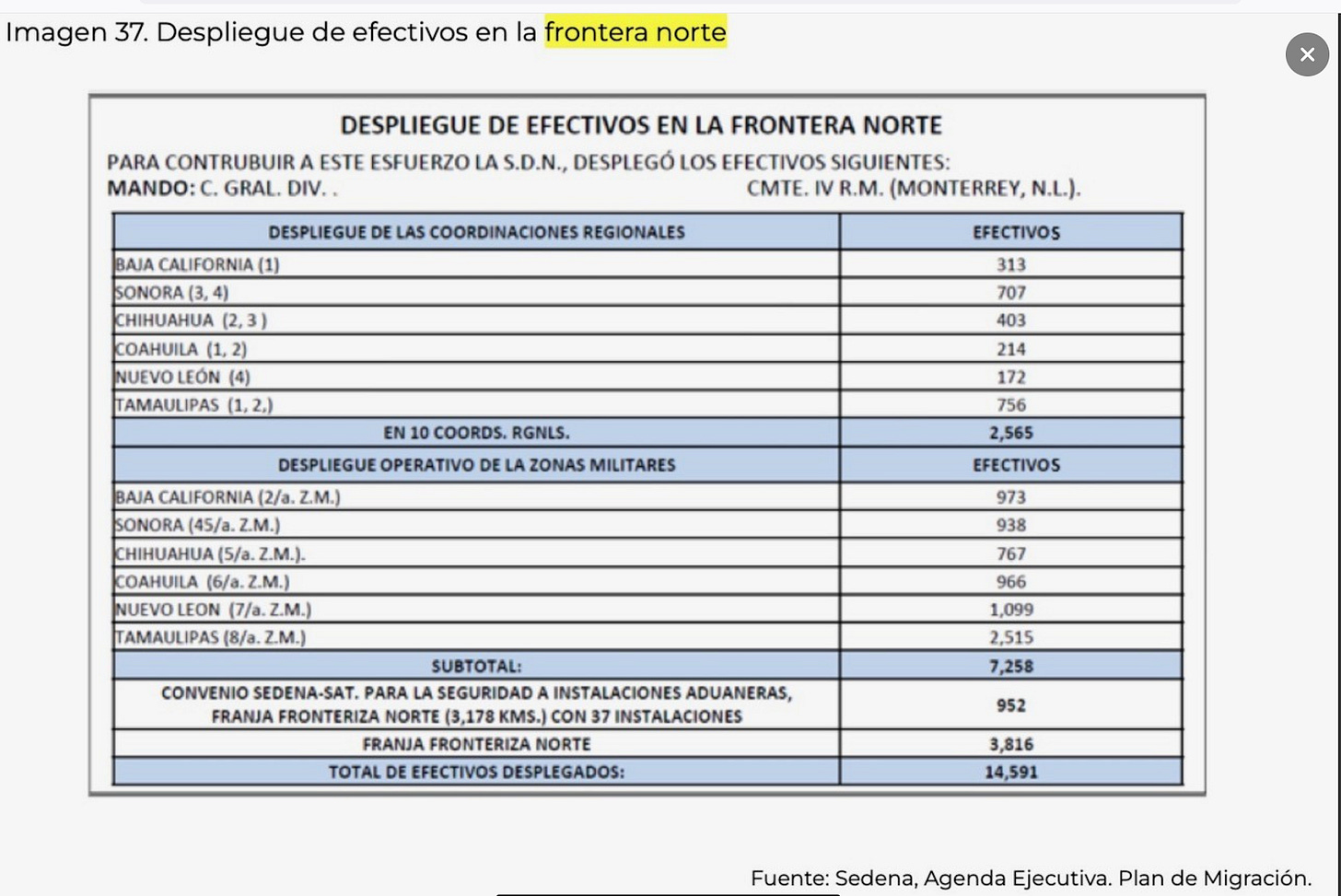
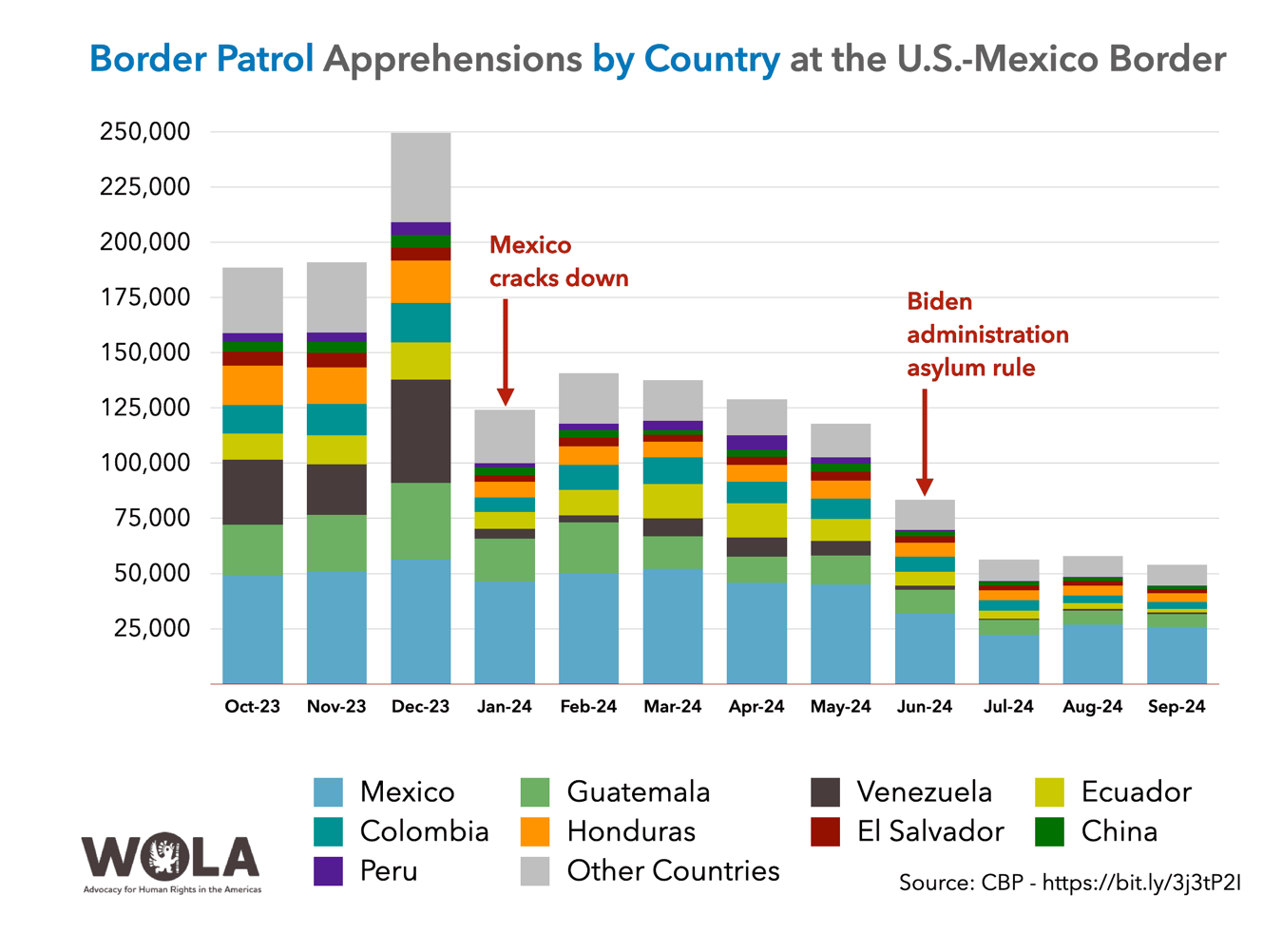
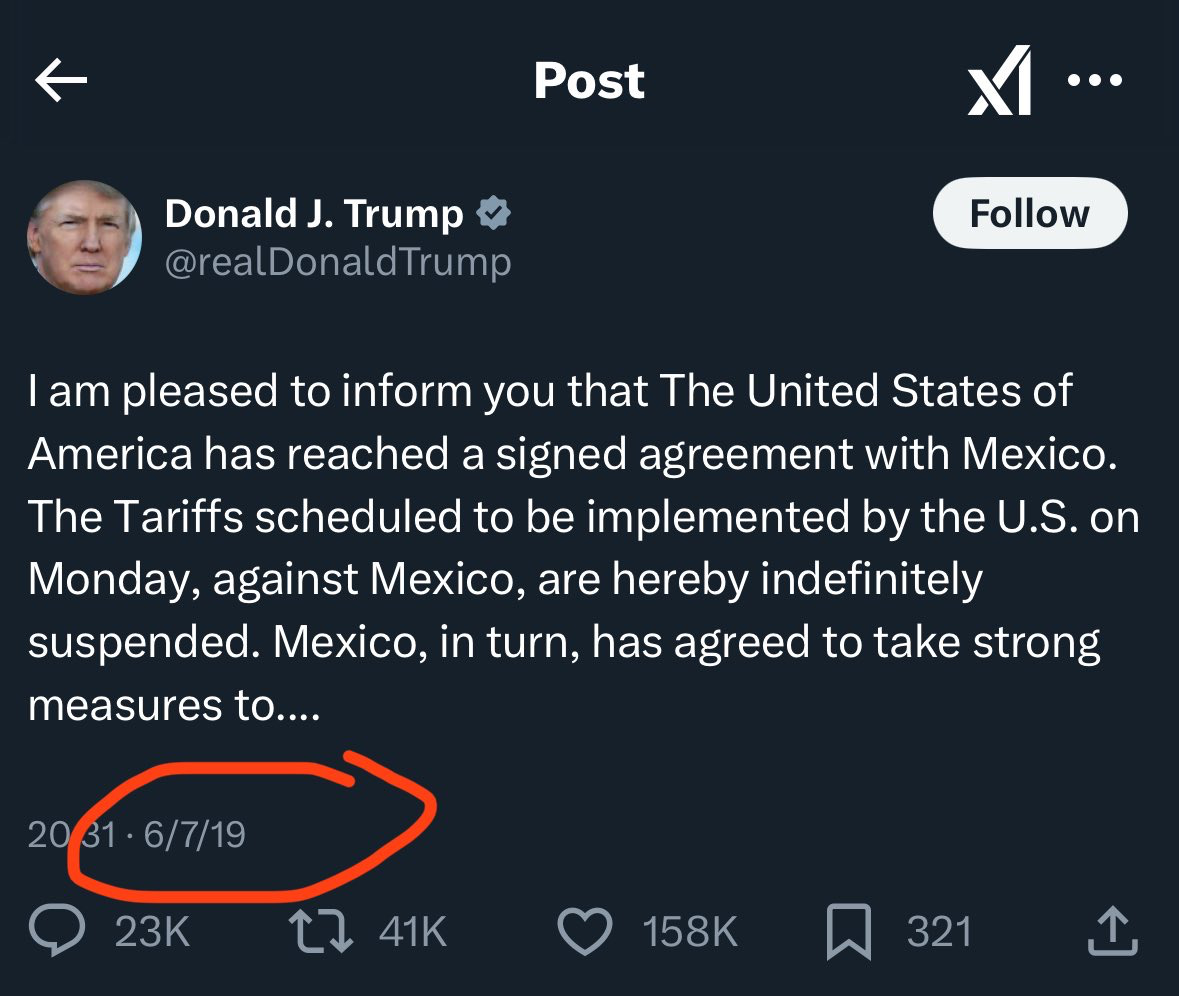

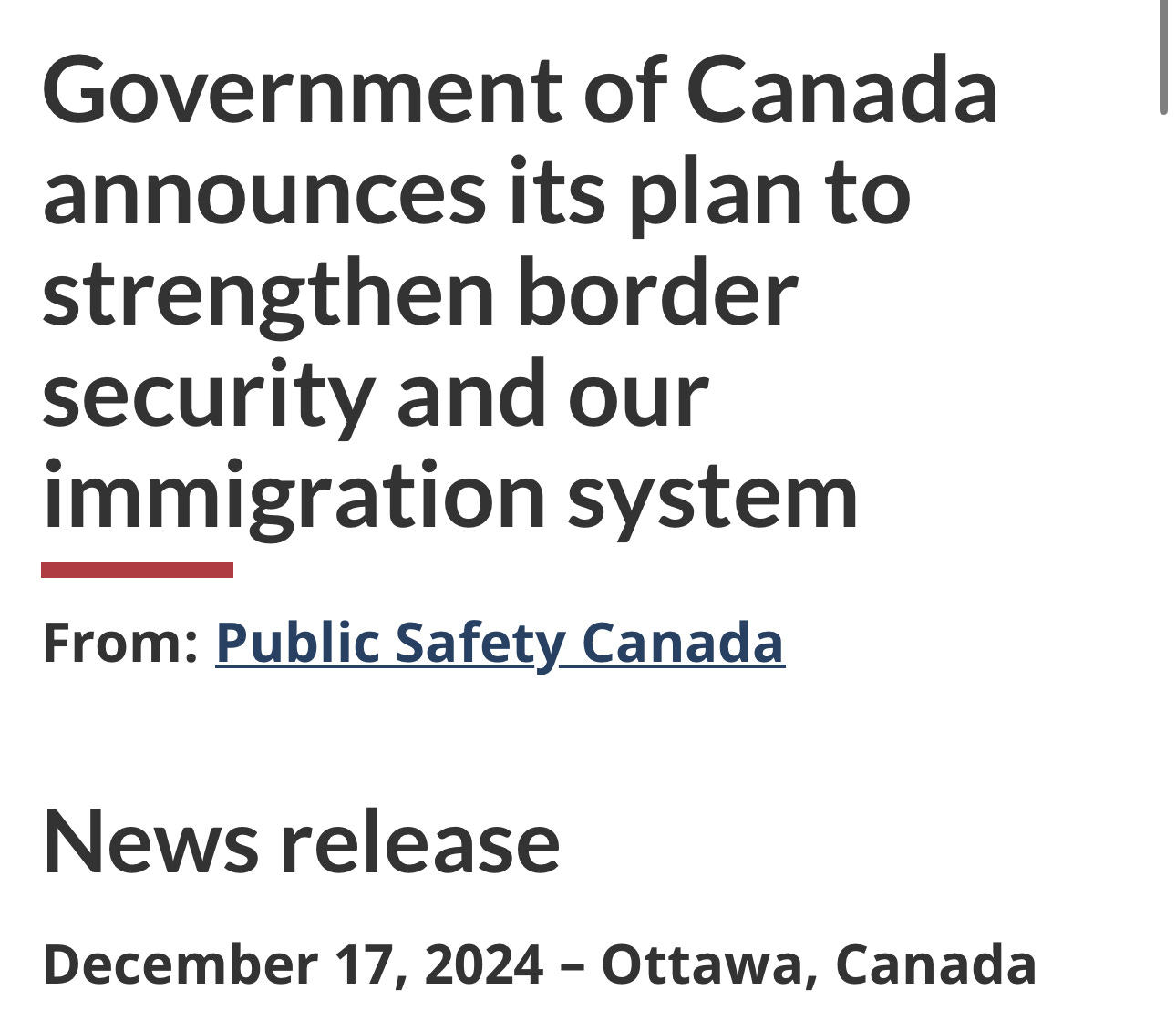
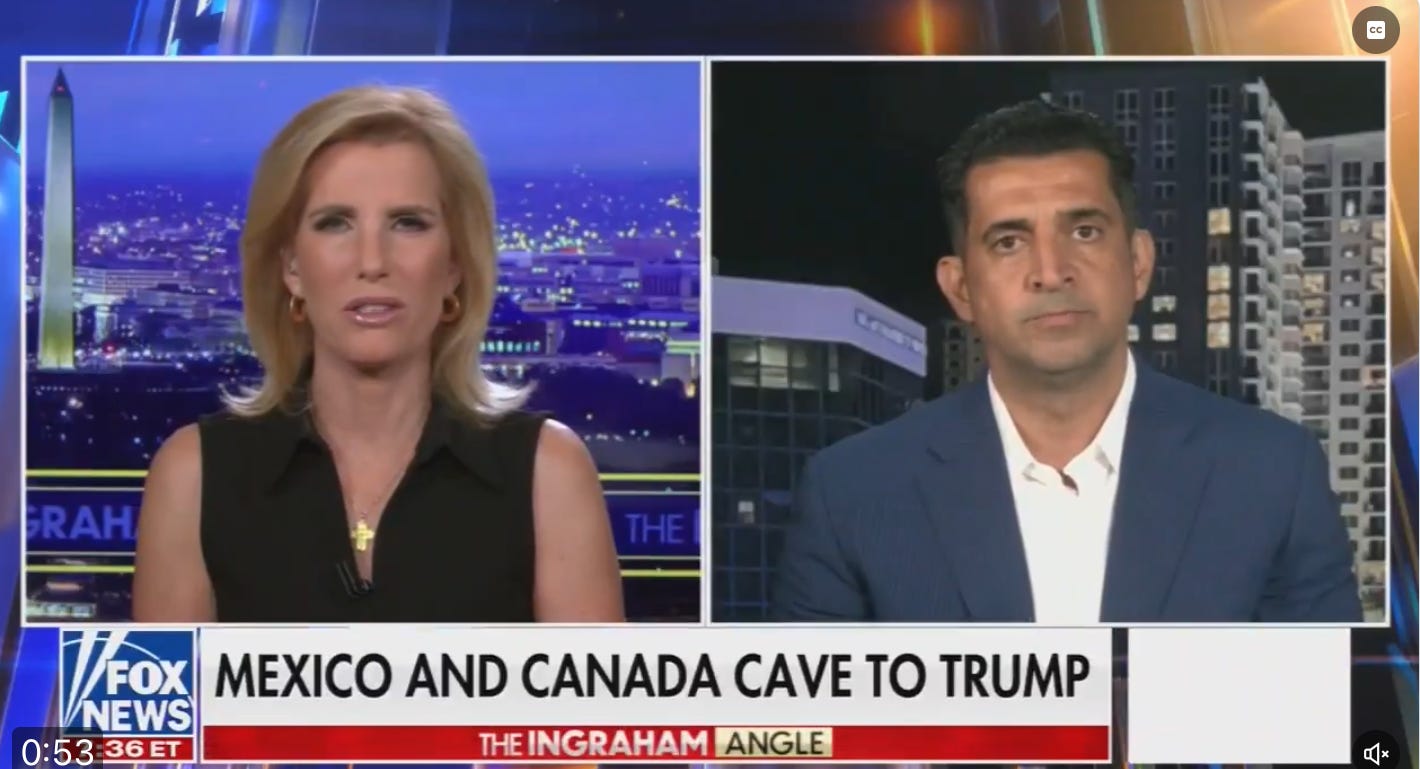
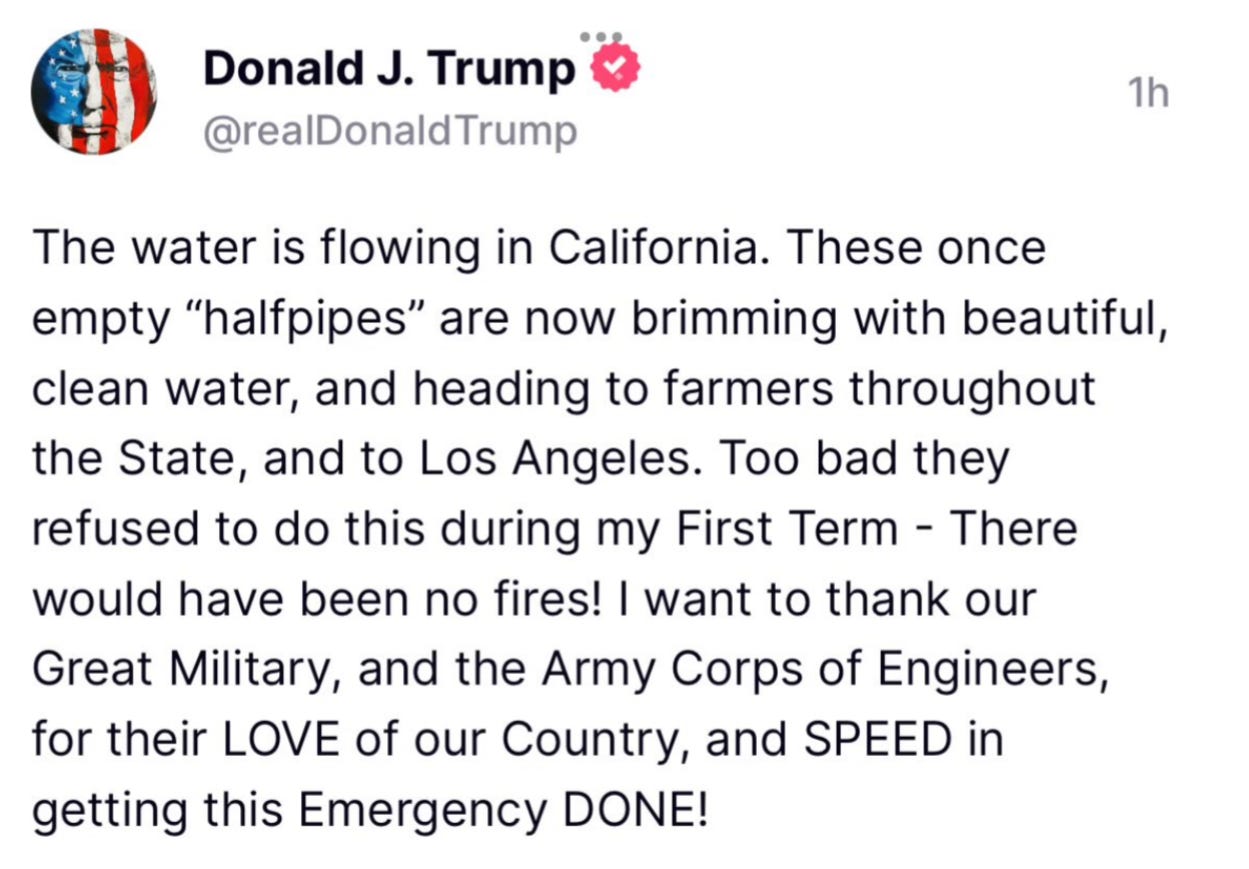
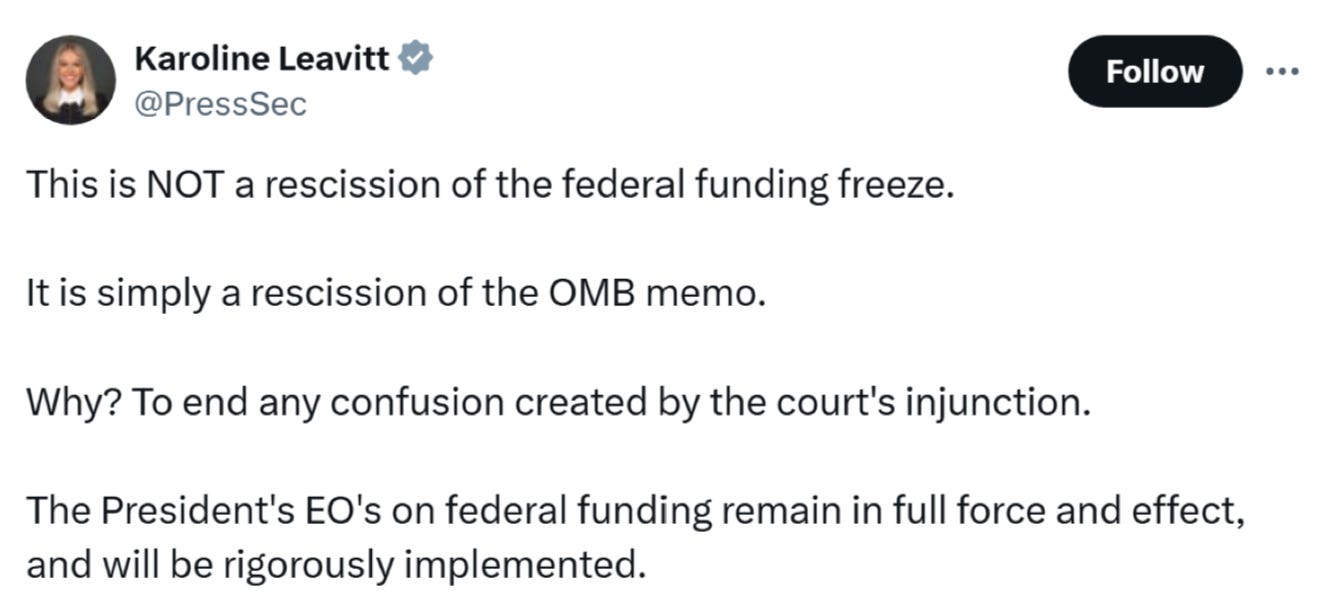
Jay--Any insight about how to stop Musk and his Musketeers who seem to be hacking government spending databases at warp speed. Congress is speaking up, thank God, but Musk's illegal coup might be happening too fast to stop with the normal judicial and legislative tools. Any suggestions about how to stop him?
I can say that blinking or not this administration has caused Canadians to come together according to my FB feed from family and friends. Canadians are pissed and boycotting products not made in Canada. Americans are still going to feel a pinch even without the tariffs.